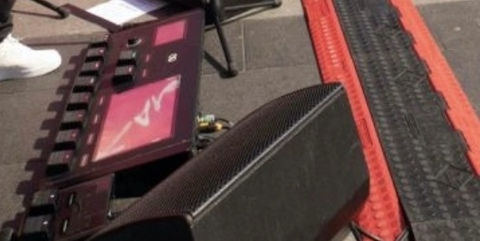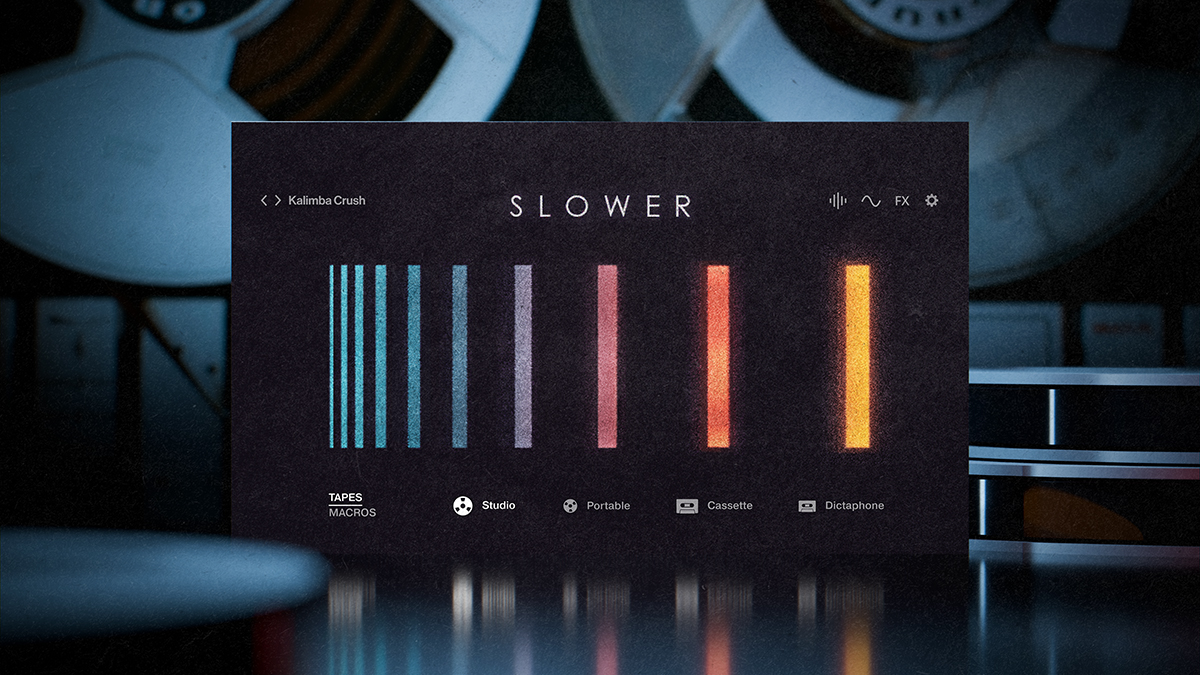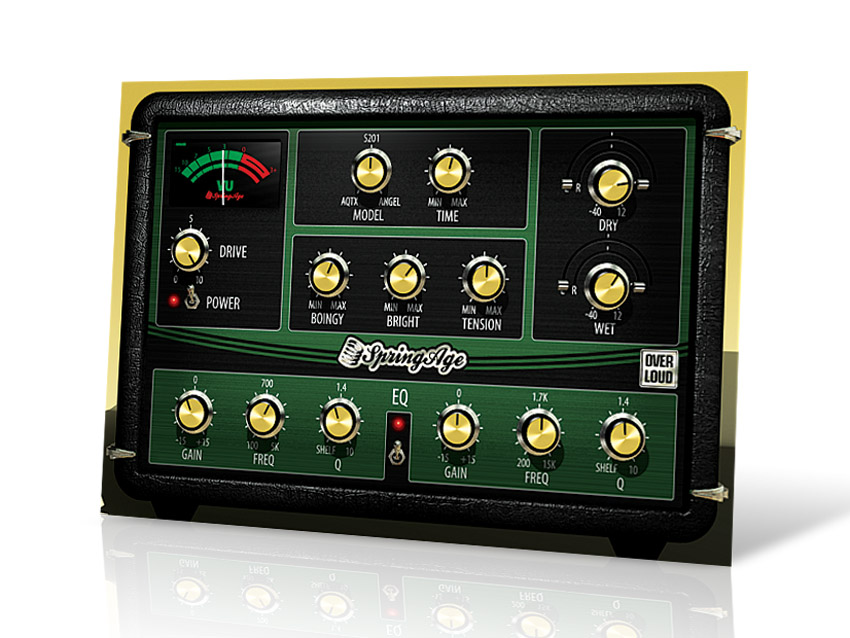MusicRadar Verdict
While spring reverb isn't for everyone, those seeking its distinctive sound won't regret springing for this plug-in.
Pros
- +
Very realistic spring reverb sound. Drive control gives even more character. Full tonal control. DSP-efficient.
Cons
- -
Limited range of sounds. More warm options would be good.
MusicRadar's got your back
Reverberation and echoes are natural phenomena that occur when sound is reflected off surfaces. Rooms with flattering acoustics have always been great to record in, and many techniques exist for capturing this natural 'spaciness' in a way that translates to speakers and headphones.
Of course, not everyone has the luxury of being able to record in a great acoustic space. Spring reverbs came about to make Hammond organs sound as if they were in a cavernous church when they were actually in a living room, and they soon found their way into guitar amps, where they've been at home ever since. SpringAge sets out to give you authentic spring reverb in all its clattering boinginess.
Overloud have taken the approach of combining digital modelling and convolution for a balance of authenticity, tonal flexibility and DSP-efficiency. They've pulled it off, too.
Instead of the Lexicon-esque ambience of their successful Breverb plug-in, you get the kind of reverb that's perfect for surf guitar, Monty Norman's James Bond theme, or even a bit of Portishead modern retro.
SpringAge offers three spring types: AQTX, S201 and Angel. These take you from powerful bass response, to regular, to bright as you like, and a Time knob sets the global decay.
Further controls include Boinginess, for controlling that kind of 'flapping' of the spring; Brightness, which is self-explanatory; and Tension, which almost controls the 'formant' of the sound, making the sound more 'uptight' when increased.
The input Drive control makes a big difference to the harmonic richness of the reverb - it gives a chunky, compressed thickness that can be further shaped with the two-band parametric EQ at the bottom of the GUI, which is nicely framed in black vintage vinyl.
Separate controls for dry and wet signal level also have their own panning, and the preferences panel thoughtfully offers an option to keep the current dry level when auditioning presets. Incidentally, SpringAge works in mono and stereo.
The vibe of spring reverb is undeniably retro, and SpringAge instantly creates that atmosphere. We gave each instrument a slightly different character, and a very drab-sounding piece soon took on a rockin' '50s atmosphere.
The emulation is excellent: as good as - and certainly more flexible than - the spring reverbs in the AmpliTube 3 amp models, and definitely better than those in 2. It's very DSP-efficient, so you can stack 'em up if you like, but it's also ideal for putting on an auxiliary return and driving a mix of stuff into.
SpringAge doesn't have the rich, expensive sound of some of the Altiverb spring impulse responses, but it does have a different sound that's appealing in its own way. Altiverb also costs way more and doesn't have anything like the same retro sound and character as SpringAge, which is full on rock 'n' roll.
Computer Music magazine is the world’s best selling publication dedicated solely to making great music with your Mac or PC computer. Each issue it brings its lucky readers the best in cutting-edge tutorials, need-to-know, expert software reviews and even all the tools you actually need to make great music today, courtesy of our legendary CM Plugin Suite.

Is this our first sighting of Ed Sheeran's top-secret new Looper X, as he continues his global busking jaunt?

e-instruments’ Slower is the laidback software instrument that could put your music on the fast track to success

“I like guitars that don’t just appeal to metal players”: Jackson and Bring Me The Horizon’s Lee Malia team up for the Pro Series LM-87, a shreddable Surfcaster-style electric with a humbucker/P-90 pairing











